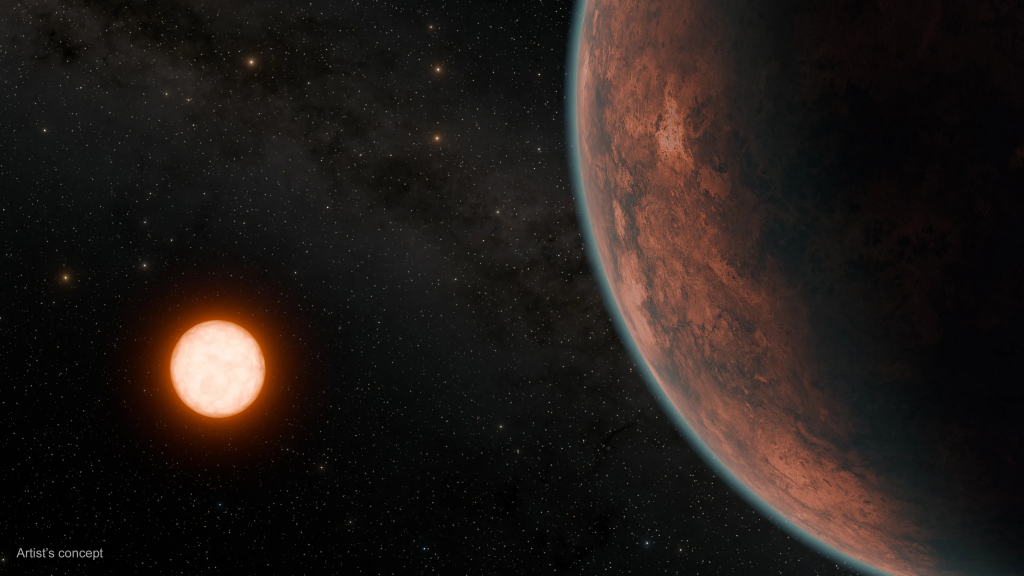GLIESE 12 B

Source: DownToEarth
Disclaimer: Copyright infringement not intended.
Context
- Astronomers have identified a potentially habitable exoplanet, Gliese 12 b, situated approximately 40 light-years from Earth.
Details
- Initial Identification: NASA’s Transiting Exoplanet Survey Satellite (TESS) identified Gliese 12 b as a potential planet candidate.
- Validation: The European Space Agency’s CHaracterising ExOPlanet Satellite (CHEOPS) confirmed its status as an exoplanet.
Physical Characteristics
- Surface Temperature: Gliese 12 b has an average surface temperature of 42 degrees Celsius, which, while warmer than Earth's average of 15 degrees Celsius, is lower than most discovered exoplanets.
- Size: The planet is similar in size to Venus and slightly smaller than Earth.
- Orbital Details: It orbits an M dwarf star, Gliese 12, every 12.8 days. This star hosts seven planets, three of which are in the habitable zone where liquid water could exist.
Star Characteristics
- Type: Gliese 12 is an M dwarf star, known for being low-mass.
- Metallicity: The star is metal-poor, suggesting it might have weaker magnetic fields and more volcanism than Earth.
- Magnetic Activity: The star’s low magnetic activity implies a higher likelihood that Gliese 12 b could retain an atmosphere.
Scientific Significance
- Proximity: Gliese 12 b is one of the closest potentially habitable exoplanets discovered, making it a prime candidate for further study.
- Comparison to Earth and Venus: Studying this exoplanet could provide insights into the divergent evolutionary paths of Earth and Venus, particularly concerning water retention and greenhouse effects.
Future Research
- Atmospheric Analysis: Determining whether Gliese 12 b has an atmosphere and its composition is critical for assessing its habitability.
- Temperature Suitability: While 42 degrees Celsius is warm for humans, it could be suitable for other forms of life.
- Potential Greenhouse Effect: Investigations will seek to determine if the planet experiences a runaway greenhouse effect similar to Venus.
- James Webb Space Telescope (JWST): Gliese 12 b is a potential target for the JWST, which could detect atmospheric features. The research team is yet to submit a proposal for this target.
Sources:
|
PRACTICE QUESTION Q. Which of the following methods is commonly used to detect exoplanets? A) Direct imaging B) Radial velocity method C) Transit method D) All of the above Answer: D) |




1.png)
